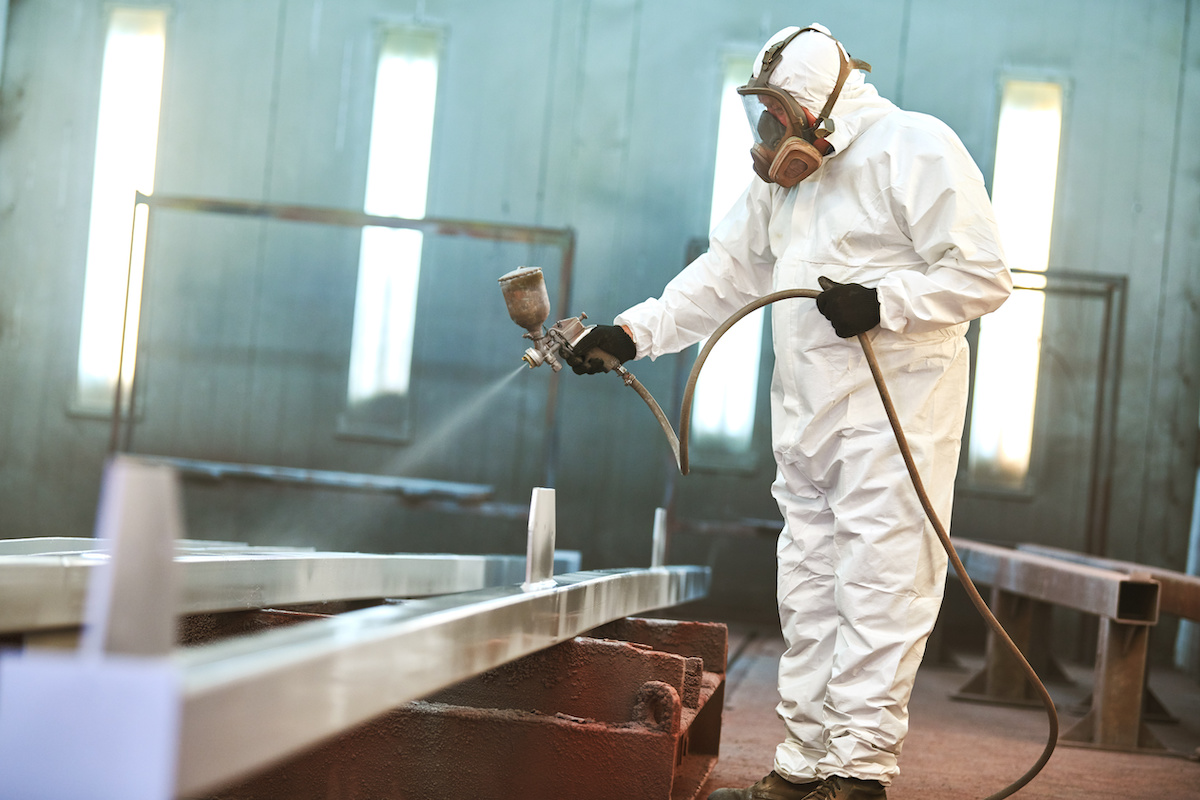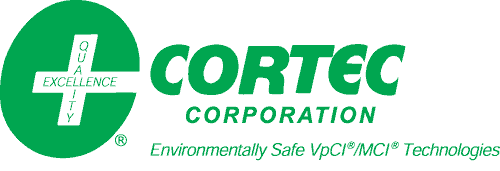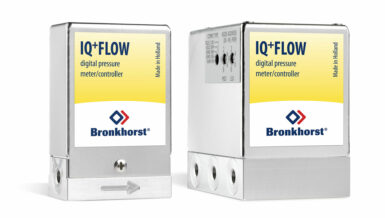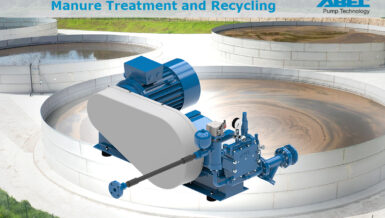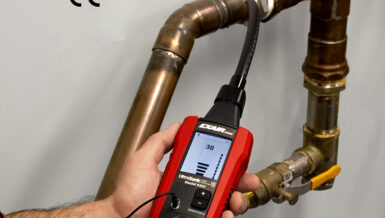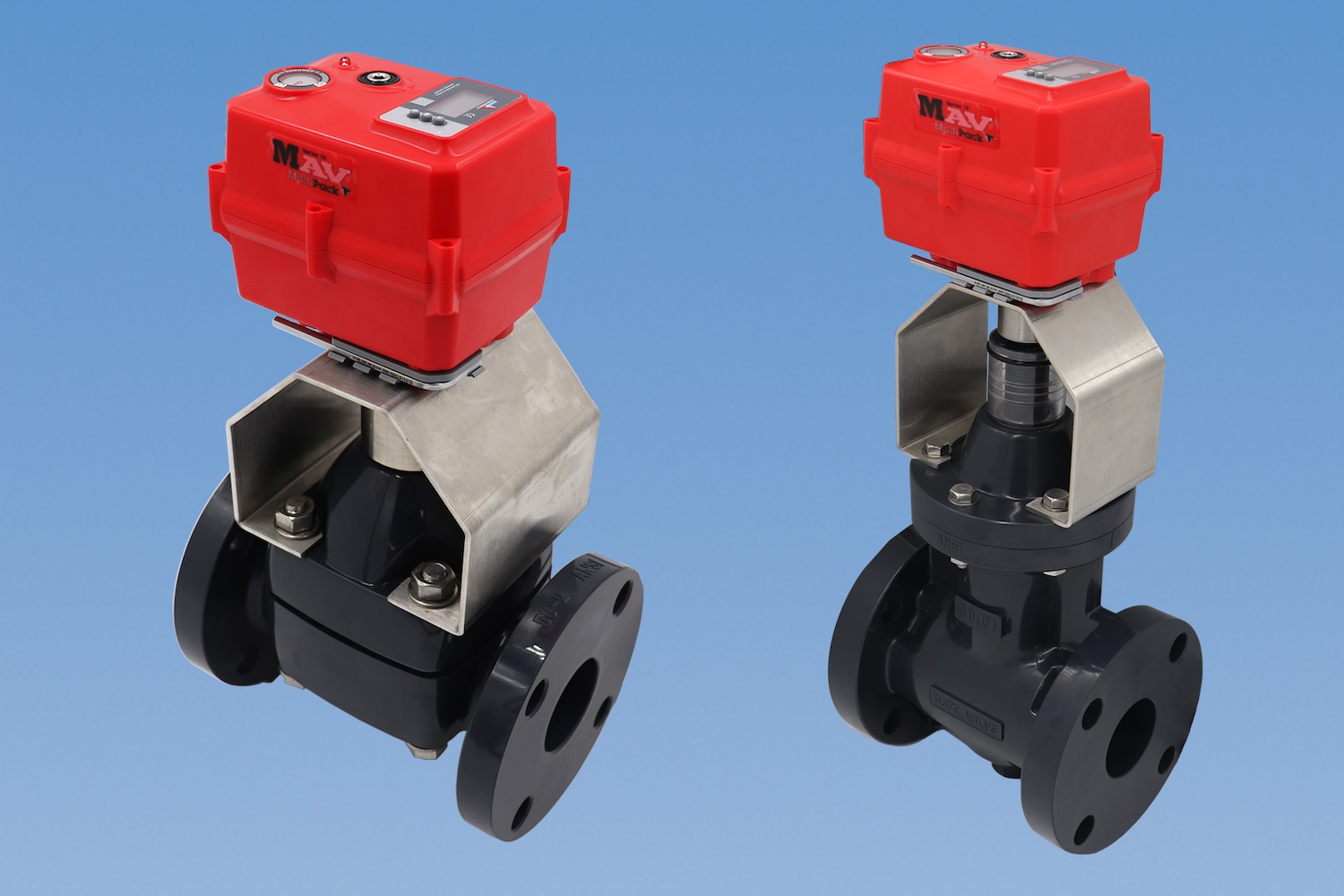Extra care must be taken for galvanized steel, aluminum, and other metals where adhesion is more difficult. Cortec’s VpCI®-373 serves this purpose as an excellent wash primer for creating a strong bond between metal surfaces and the paint that protects them.
Common Methods for Improving Coating Adhesion
Common methods for improving adhesion on galvanized steel and aluminum include the following:
- Chromate pretreatment/conversion coatings for unpainted aluminum
- Lead and zinc chromate primers for galvanized steel
- Acid etching on galvanized steel
- Applying a wash primer
The first three options have obvious downfalls due to the use of heavy metals and harsh acids that could be harmful for workers. The fourth is an excellent way to keep paint application simple. Wash primers typically are very thin yet promote good adhesion between the metal surface and the chosen topcoat. This can help the protective coating last longer instead of failing prematurely. Without good adhesion, the coating is destined to peel or flake early, giving corrosives free access to the metal surfaces.
VpCI®-373 Wash Primer
VpCI®-373 is a water-based wash primer that creates a good bond on metal surfaces such as galvanized steel or aluminum where adhesion is difficult. VpCI®-373 can be applied at an extremely thin DFT (dry film thickness) of 0.5-1.0 mils (12.5-25 µm) and top-coated with a wide range of water-based or solvent-based Cortec® Micro-Corrosion Inhibiting Coatings™ for corrosion protection. It creates a strong bond between the metal and its protective coating to enhance durability and longevity. It can replace chromate treatments and conversion coatings and is an excellent alternative to acid etching in terms of both safety and convenience.
Coating Galvanized Roofing Sheets
VpCI®-373 was used to answer the adhesion question when painting a galvanized roof over a liquid nitrogen loading dock at an industrial site in the Philippines. Lead and zinc chromate based primers had not been enough to avoid adhesion problems, and etching of the galvanized coating with phosphoric acid was expected to lead to coatings failure within a year. This time, the customer chose to clean the new roofing material and apply VpCI®-373 as a primer, followed by a topcoat of VpCI®-386. VpCI®-373 worked better than standard red lead or zinc chromate primers and was found to fully adhere to galvanized iron roofing sheets.
Good Adhesion or Failed Protection
Corrosion inhibitor coatings lose their value as soon as they begin to peel off the metal they are designed to protect. When special alloys such as galvanized steel or aluminum make adhesion more difficult than normal, VpCI®-373 steps in to provide a proper bond between the metal and the chosen paint, uniting them in a powerful anticorrosion coatings system to make protection more effective.

